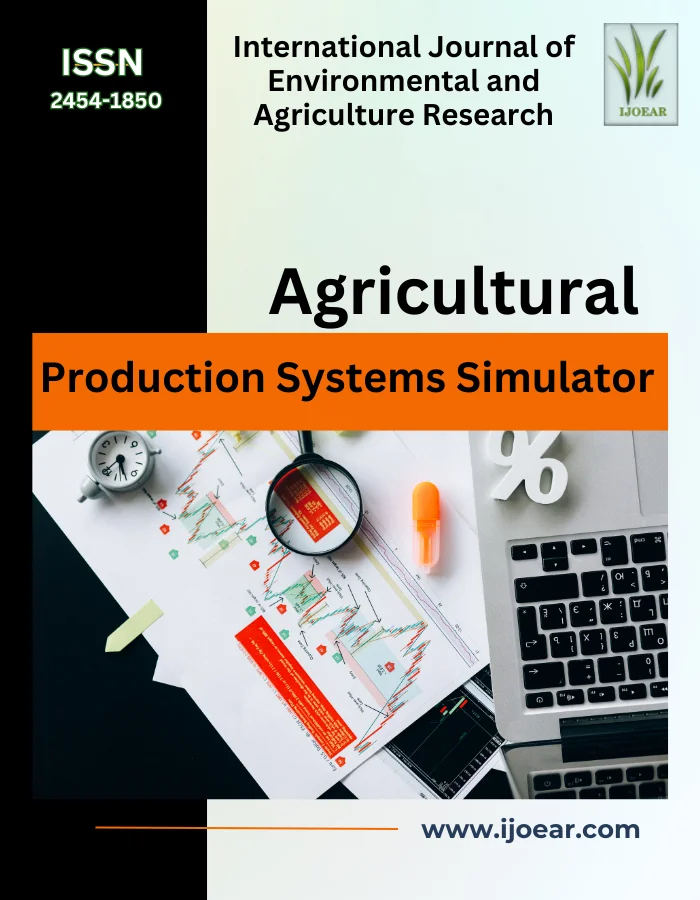
The Agricultural Production Systems Simulator (APSIM) is a world-class simulation software designed to model and analyze complex agricultural systems. Developed by a consortium of research organizations, APSIM plays a pivotal role in improving agricultural productivity, sustainability, and resilience to environmental challenges.
APSIM is a highly advanced simulation tool that integrates diverse modules to simulate biological and physical processes in agricultural systems. It is widely used for:
For researchers working with APSIM, IJOEAR (International Journal of Environmental and Agriculture Research) provides a trusted platform to publish findings, share innovations, and contribute to the global agricultural knowledge base.
The Agricultural Production Systems Simulator (APSIM) is an invaluable tool for advancing agricultural science and addressing global food security challenges. Combined with the publishing opportunities offered by IJOEAR, researchers can make a significant impact in shaping sustainable agricultural practices.
 NAAS Rating: 4.23
NAAS Rating: 4.23  October 2025 Issue
October 2025 Issue  Impact Factor: 6.69
Impact Factor: 6.69  Submit Article
Submit Article 
|
Citation Indices
|
All
|
Since 2020
|
|
Citation
|
6164
|
5117
|
|
h-index
|
31
|
29
|
|
i10-index
|
201
|
165
|
|
Acceptance Rate (By Year)
|
|
|
Year
|
Percentage
|
|
2024
|
11.09%
|
|
2023
|
15.23%
|
|
2022
|
12.81%
|
|
2021
|
10.45%
|
|
2020
|
9.6%
|
|
2019
|
14.3%
|
|
2018
|
17.65%
|
|
2017
|
16.9%
|
|
2016
|
22.9%
|
|
2015
|
26.1%
|